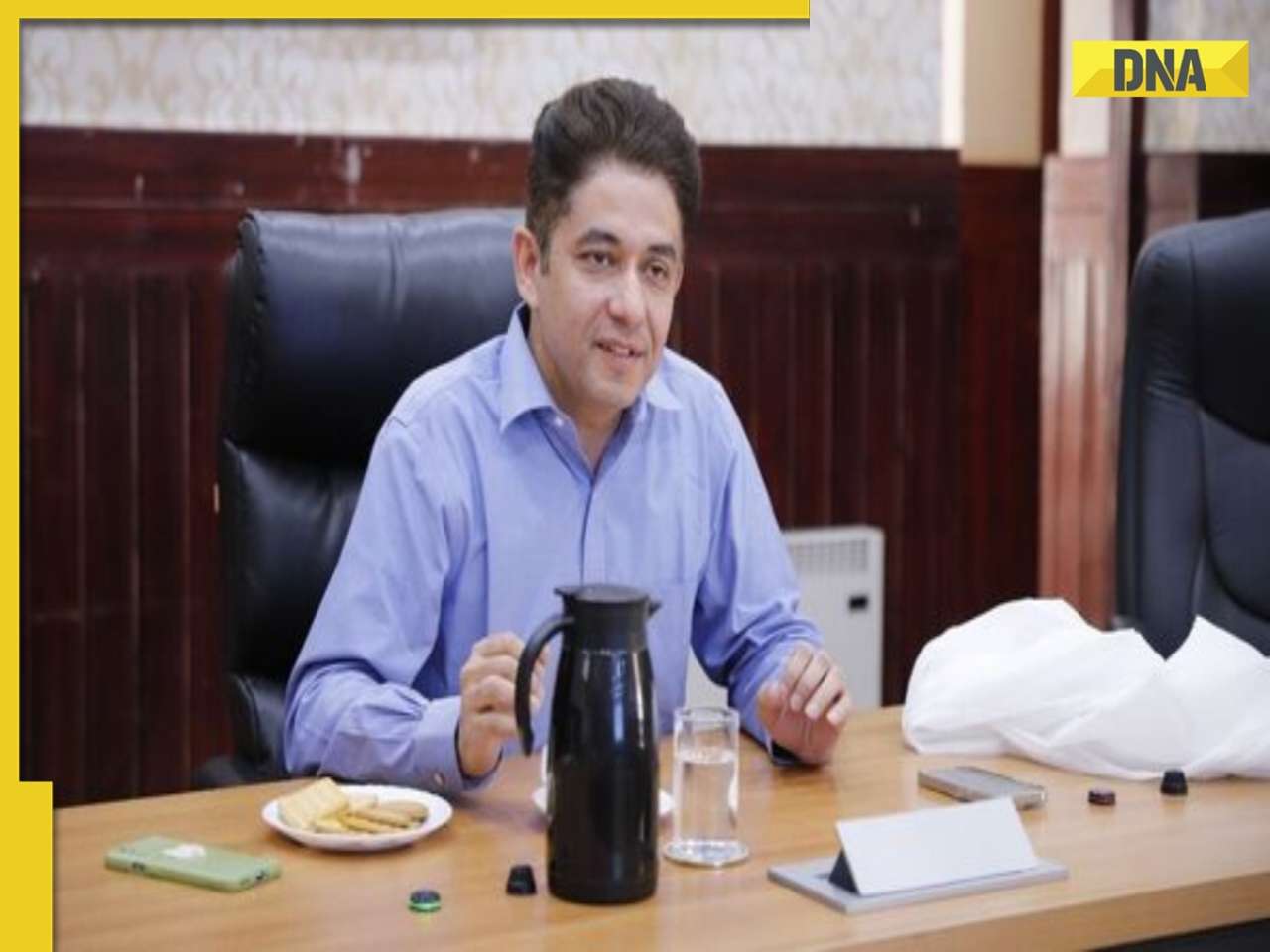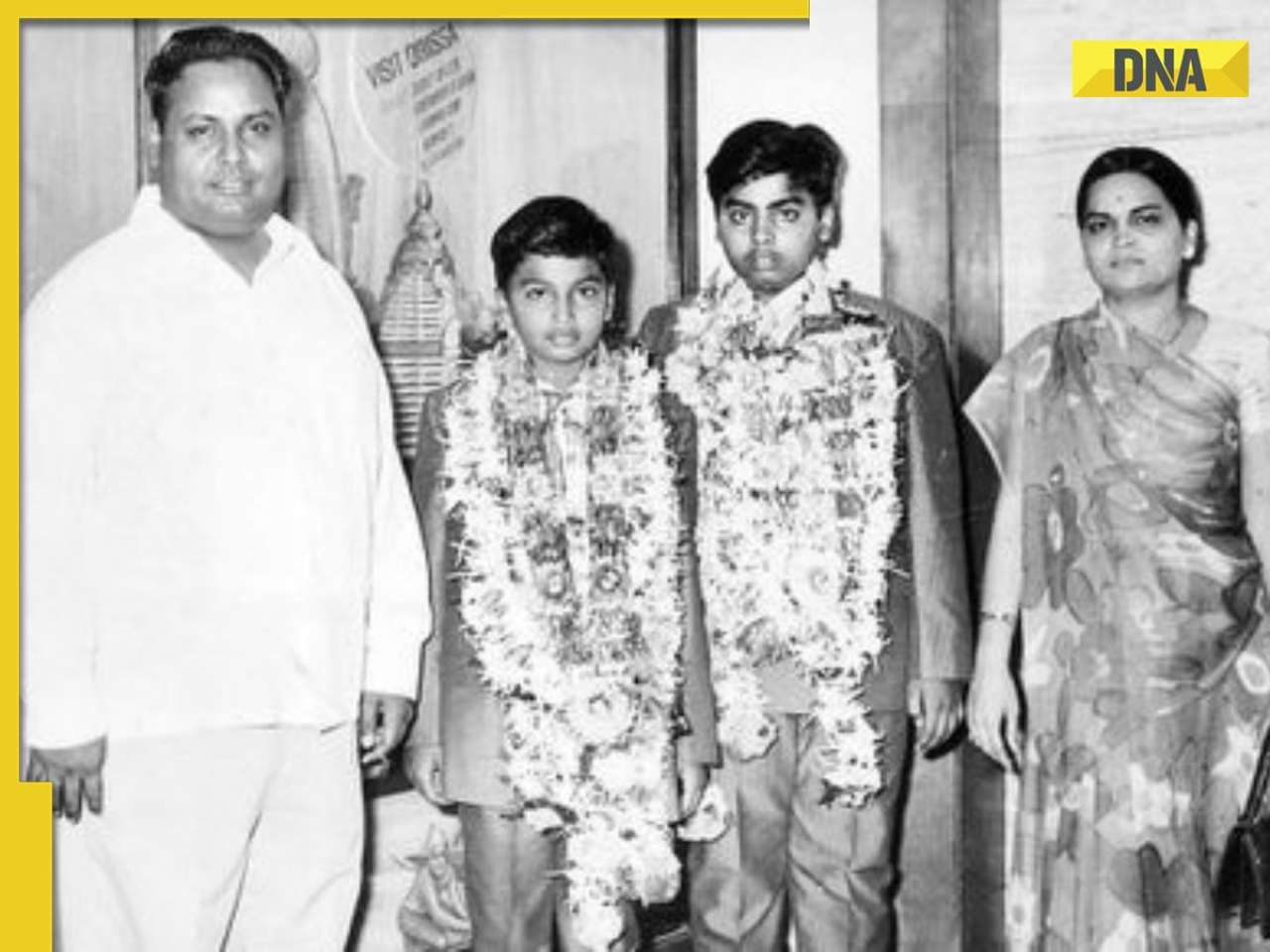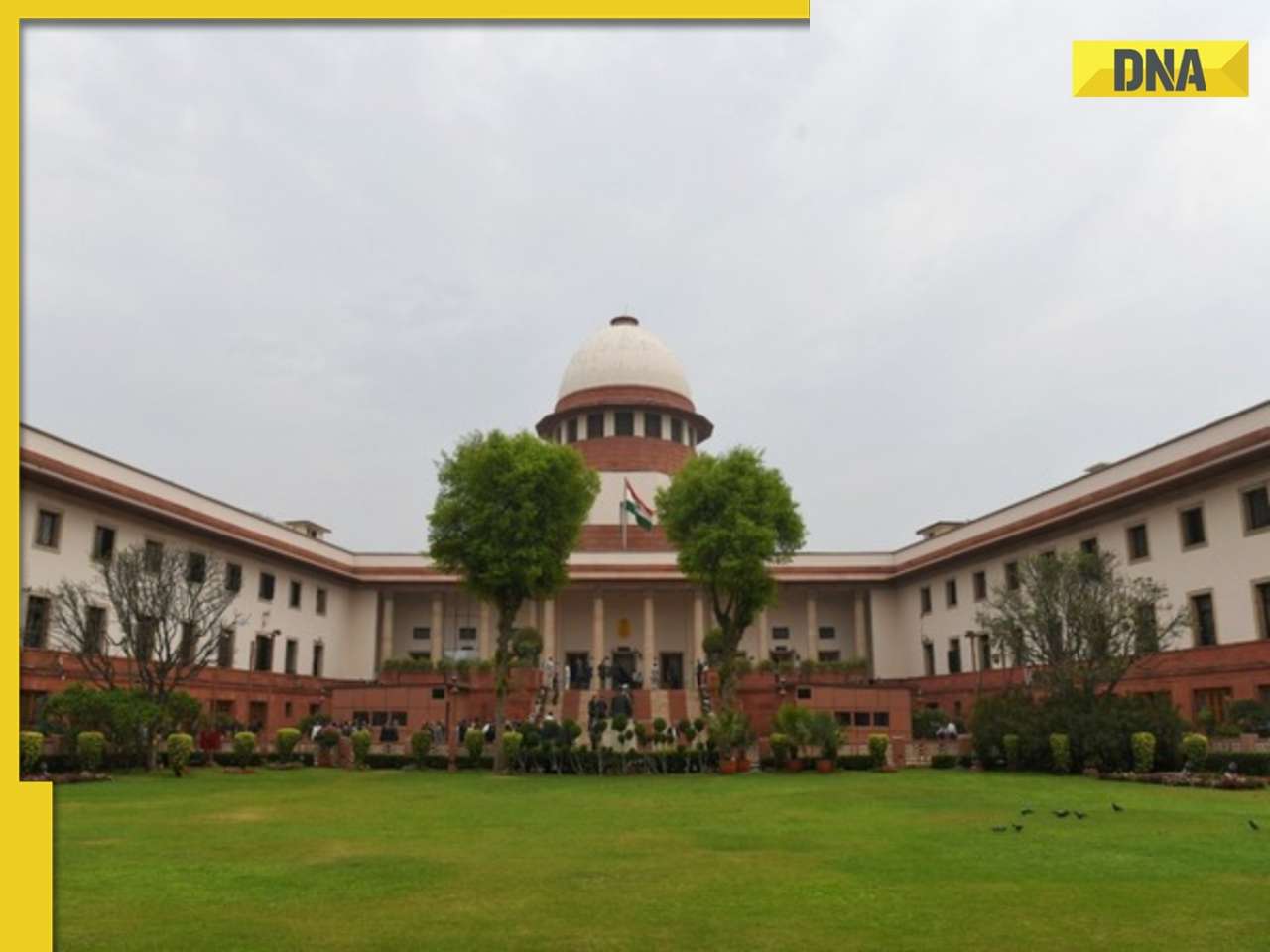- LATEST
- WEBSTORY
- TRENDING
WORLD
Japan aims to halve radiation in affected areas over 2 years
The task of cleaning up could cost tens of billions of dollars, and thousands of evacuees may not be able to return home for years, if ever.
TRENDING NOW
Japan plans to halve radiation over two years in places contaminated by the Fukushima nuclear crisis, removing soil, plants and trees as well as cleaning roofs in an area spanning thousands of square kilometres.
The task of cleaning up could cost tens of billions of dollars, and thousands of evacuees may not be able to return home for years, if ever.
The government estimates that radiation in a contaminated area drops by about 40 percent over two years naturally and it wants to speed up the process by another 10 percent through human effort, according to guidelines for the clean-up unveiled on Friday.
"We aim to reduce radiation levels by half over the next two years in affected areas, and by 60 percent over the same period for places used by children," Japan''s nuclear crisis minister, Goshi Hosono, told a news conference.
Another key government goal is to bring radiation below 20 millisieverts per year, the threshold level for evacuation, in areas that exceed this. Some places in the evacuation zone have levels that far surpass this, government data showed this week.
"Ultimately we want to achieve this goal in a shorter period. Technology is continuing to advance and with enough government funding and effort it can be done," Hosono said.
Japan has banned people from entering an area in a 20 km radius surrounding the Daiichi plant, that was crippled by the March 11 earthquake and tsunami. Some 80,000 people have evacuated.
The guideline also calls for thorough cleanups in places frequented by children such as schools and parks, eventually pushing radiation levels in those places below 1 millisievert annually.
The total area in need of cleanup could be 1,000 to 4,000 square kilometres, about 0.3 to 1 percent of Japan's total land area, and cost several trillion yen to more than 10 trillion yen ($130 billion), experts say.
One major problem that the government faces is that the removal of farmland topsoil could ruin fertile agricultural areas and its plans to come up with guidelines to address this problem next month.
The government said it will take full responsibility for the soil and debris removed in the cleanup, but that as yet it does not have a permanent solution for storing the radioactive material and that they would have to be kept within local communities for the time being.
"I reiterate that Fukushima prefecture will not become the final place of treatment for the debris," Hosono said.








)
)
)
)
)
)
)
)
)
)
)
)
)
)
)




























































